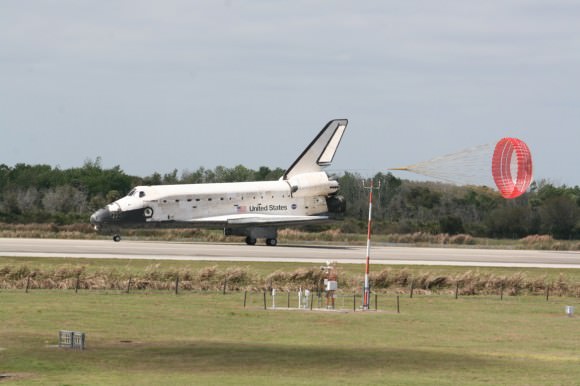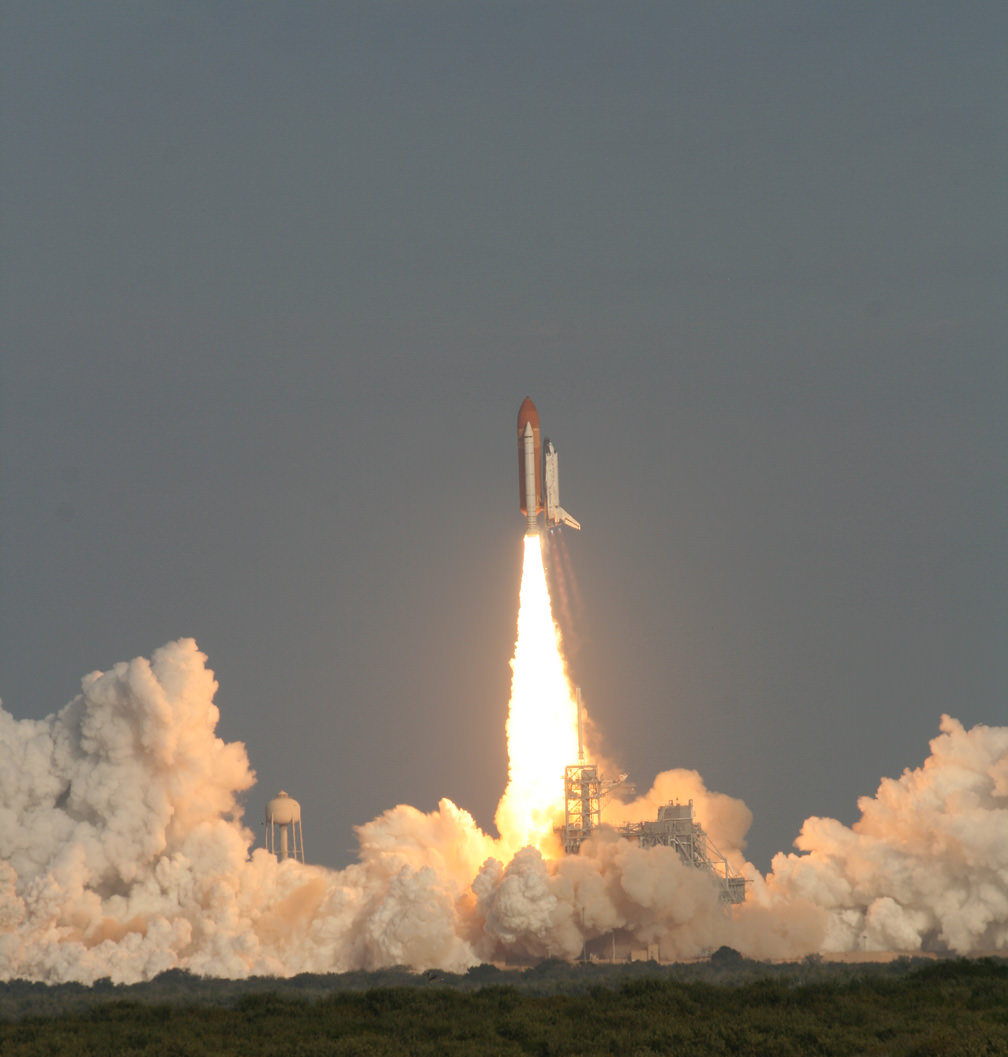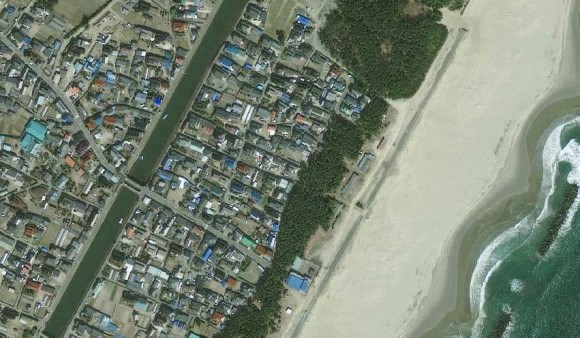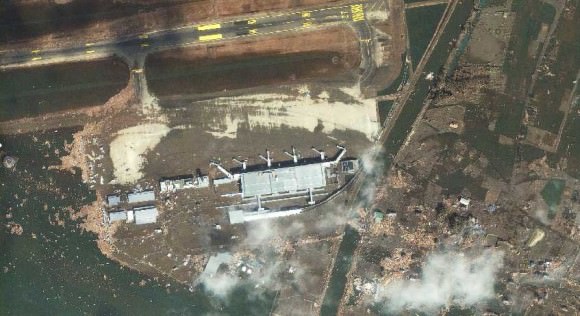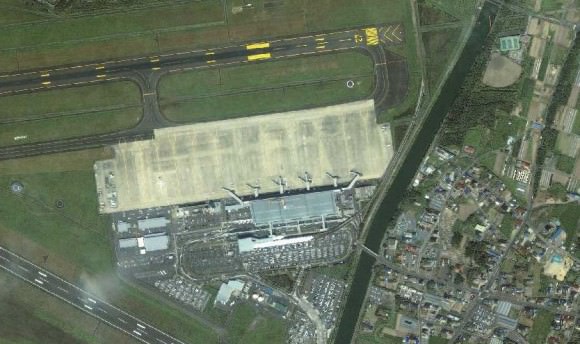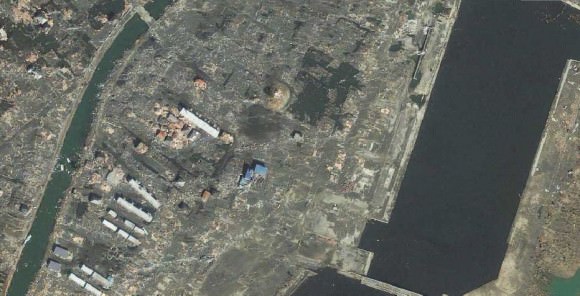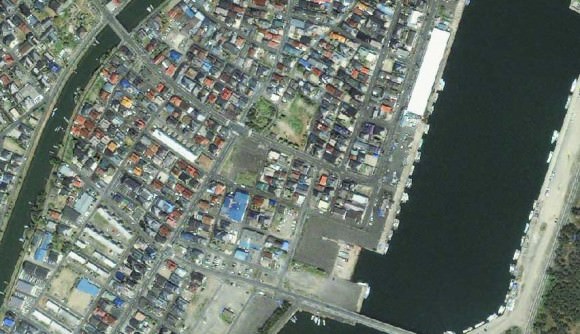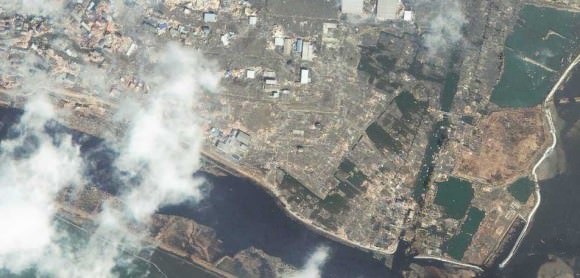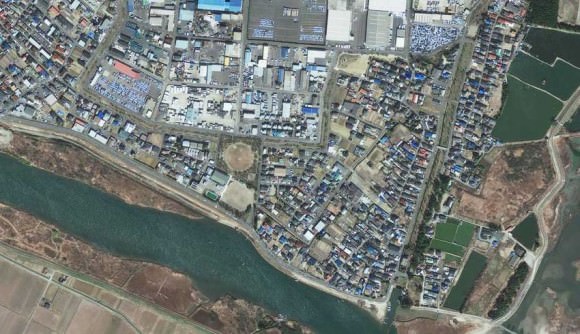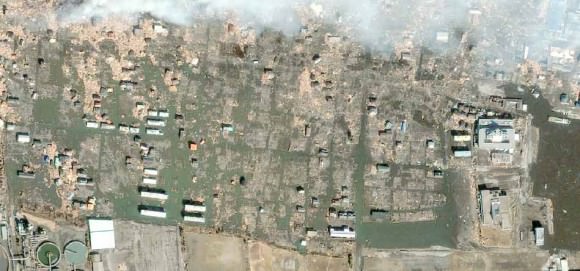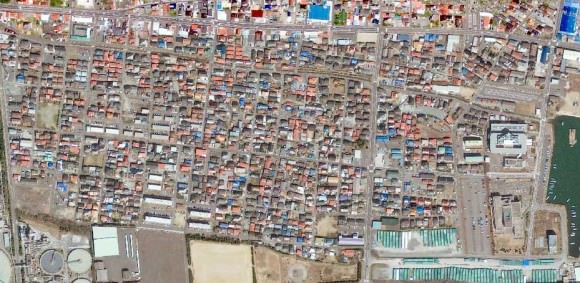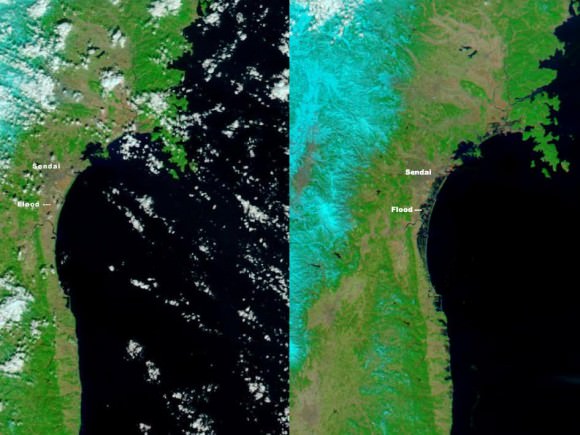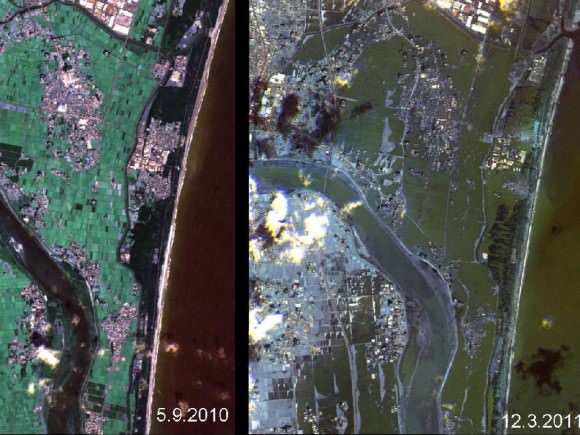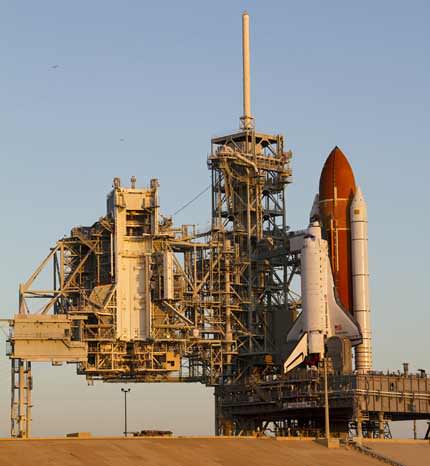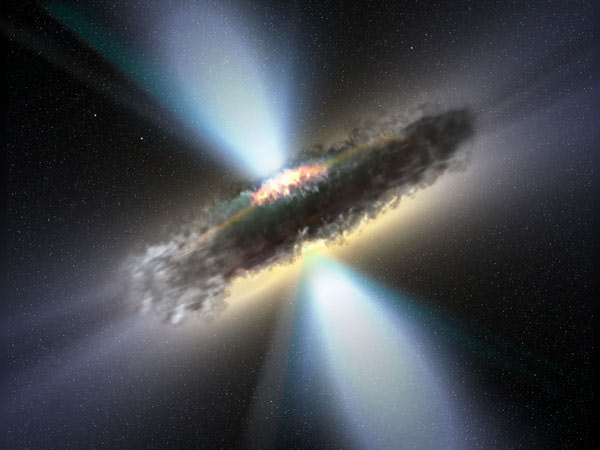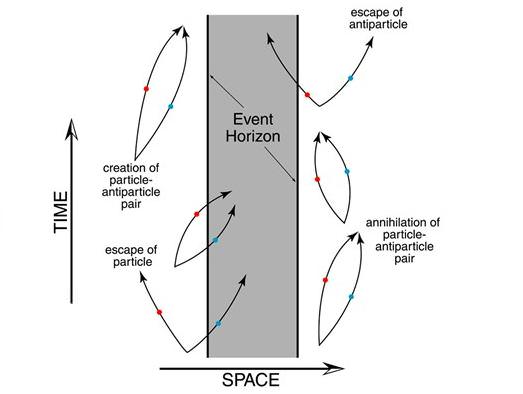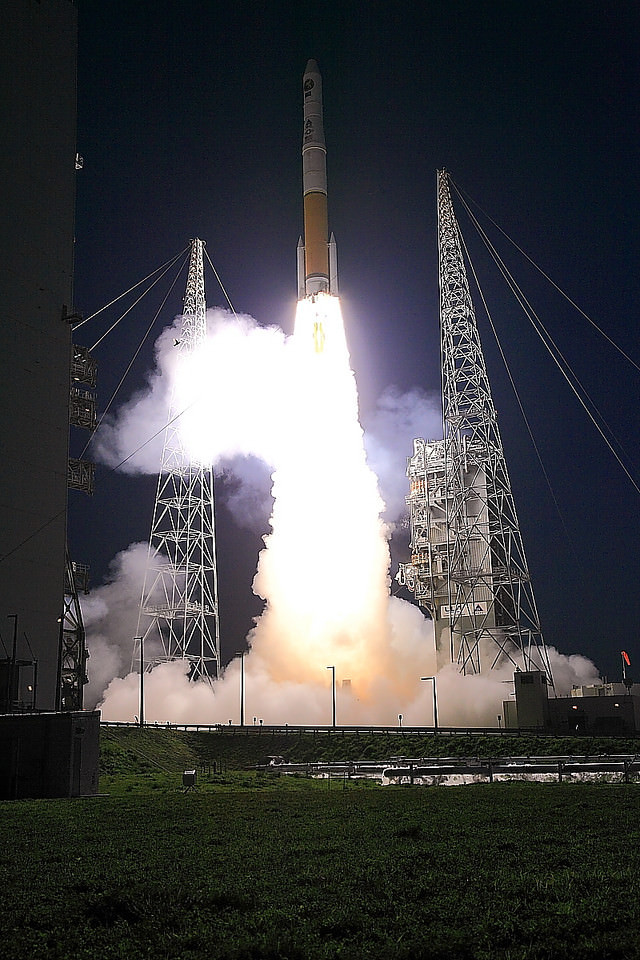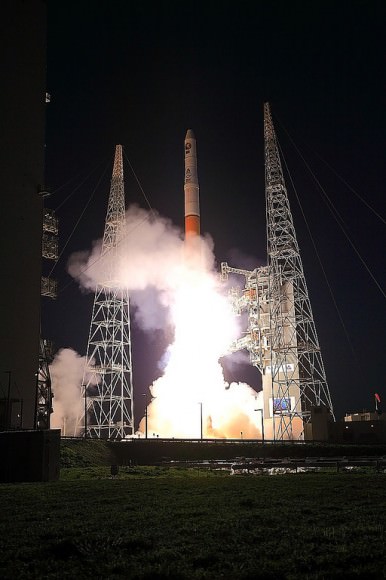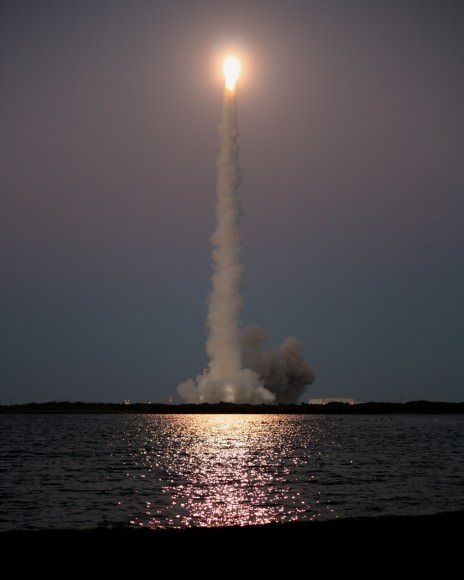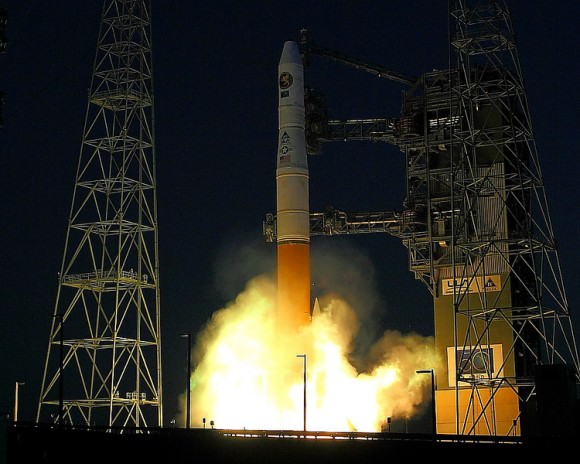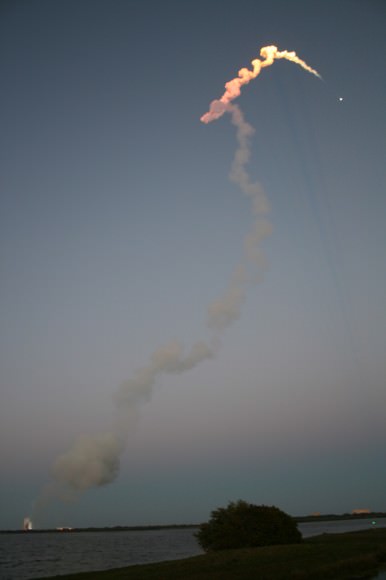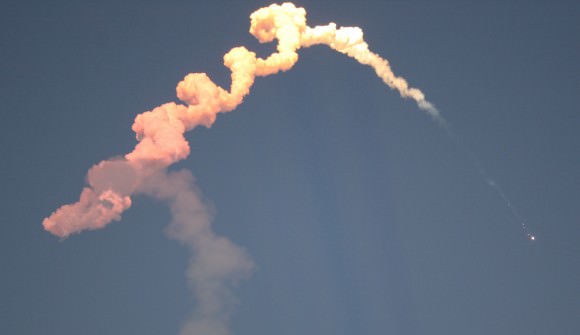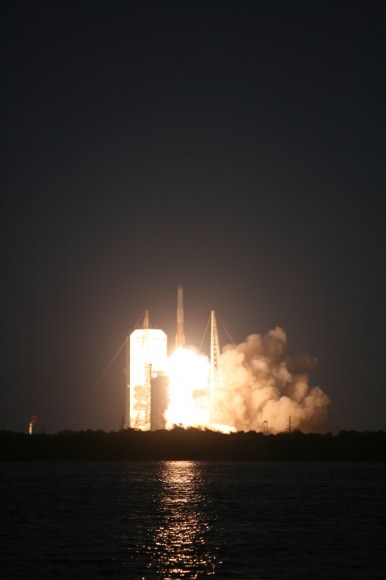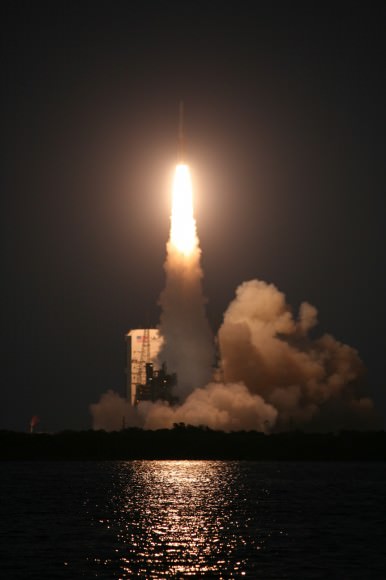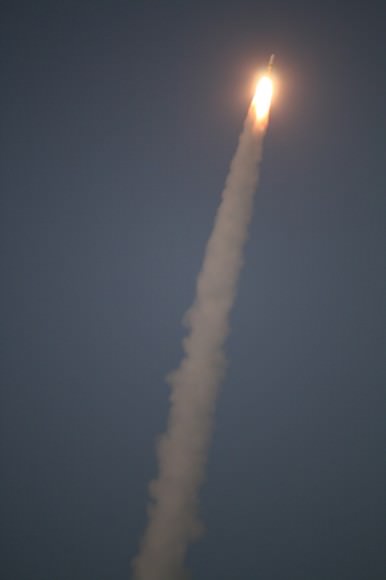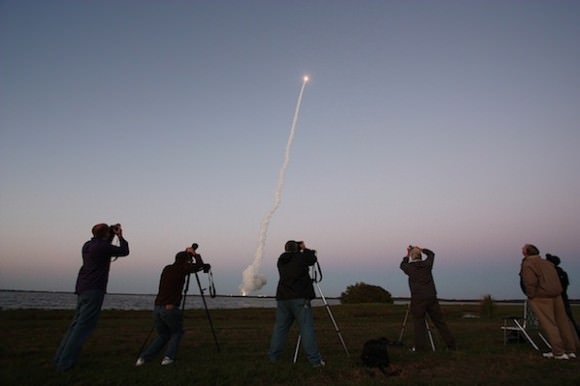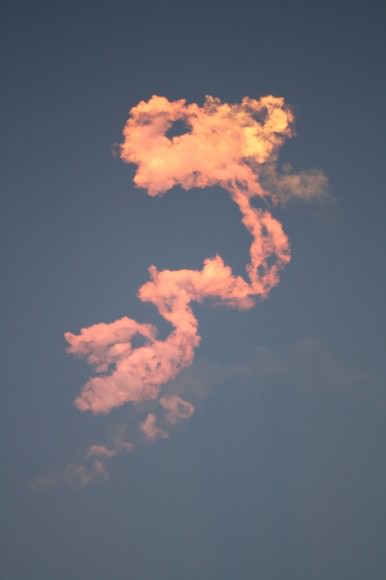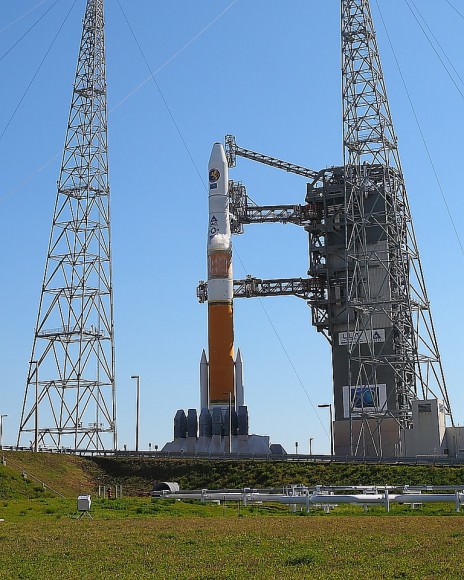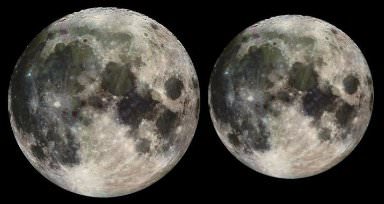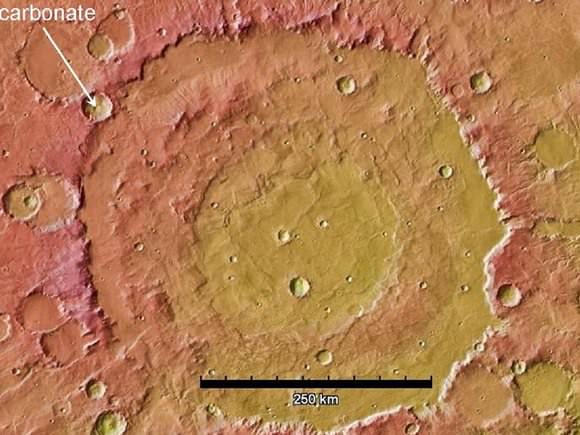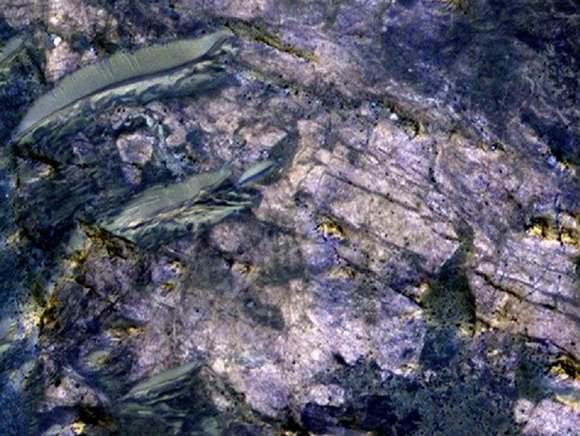Watch the HD version. More photos below
Imagine ….. “You Are There ! ”
… in the middle of the whooping, cheering crowd at the Kennedy Space Center (KSC) for the historic final launch of Space Shuttle Discovery on the STS-133 mission to the International Space Station.
That’s the feeling you’ll get from this exquisite and exciting piece from amateur videographer Anton Janssen from the Netherlands. Anton has captured the sights and sounds of excitement of the giant crowd in the thick of the action in this amazingly sharp video of Discovery’s last blast to space.
Anton’s vantage point from the NASA Causeway enabled him to film the liftoff with a birds eye view of the entire orbiter to the base of the launch pad – not blocked by the launch gantry at all. And to top that off, the video shows panoramic reaction shots of the large and exuberant crowd. What’s more is you can hear the cheering multitudes at multiple milestones as Discovery ascends with a deafening roar and spewing intense scorching flames out her rear like a gigantic blowtorch burning an indelible hole in the sky.
I happened to meet Anton at Port Canaveral a few days after the launch as Discovery’s powerful Solid Rocket Boosters (SRB’s) were being towed along the canal following their retrieval from the Atlantic Ocean.
[/caption]
Anton told me he bought the camera new and especially for the STS-133 launch after he purchased one of the very hard to get VIP Tickets from the KSC Visitor Complex. He arrived at the viewing site several hours early, along with tens of thousands of other onlookers along the Florida Space Coast beaches and roadways.
“The NASA Causeway was a great viewing site because you could see the shuttle right from the start,” Anton explained.
Check out this amazing close up video view of the final moments of Discovery’s final landing and the finale of her space career as record by Matt Travis, of Spacearium, taken at the Shuttle Landing Facility where I was also stationed.
This timelapse of Discovery’s launch was shot from the Kennedy Space Center Causeway Viewing Site, by David Gonzales of Project Soar. (See our previous article about them.) Here, approximately 12 minutes is condensed into 27 seconds, so about 27 times as fast. Replayed at 15 fps. See the launch and smokey plume change over time as it is tugged on by wind.
Only 1 or 2 flight remain for the Space Shuttle Program until they are forcibly retired for lack of money.
Next up is the launch of Endeavour on April 19 at dusk. Should make for some extremely cool videos and snapshots! Get your gear ready!
